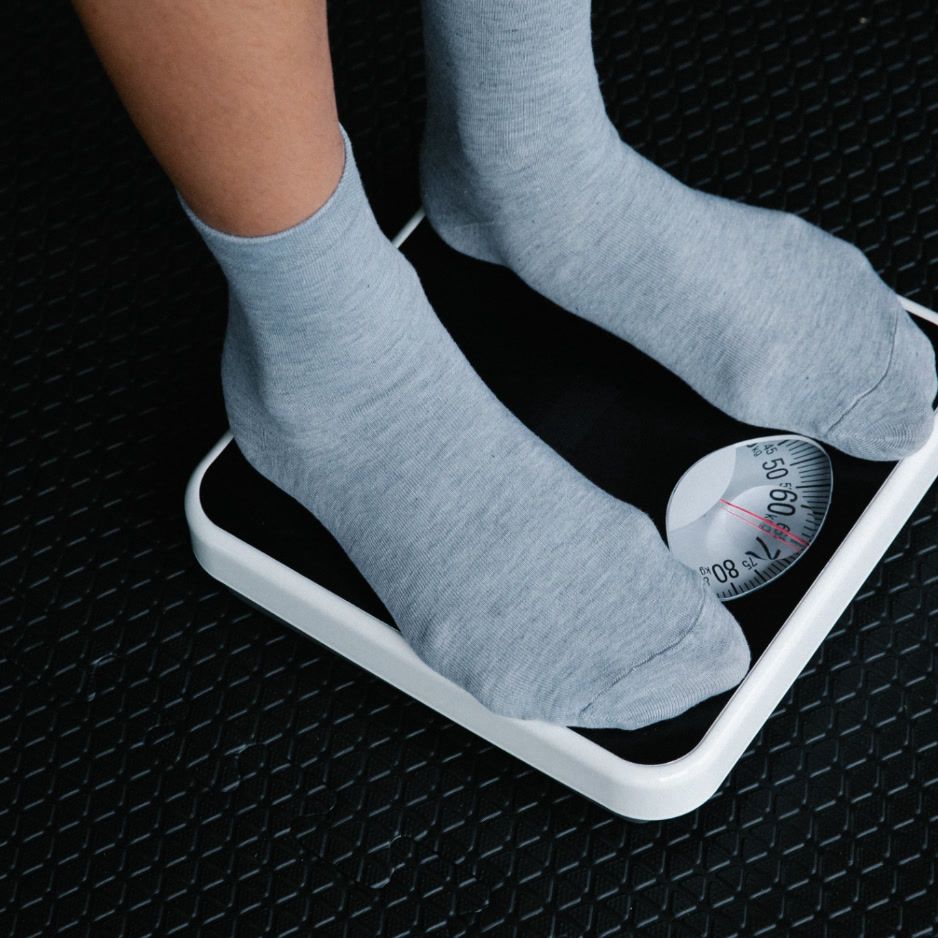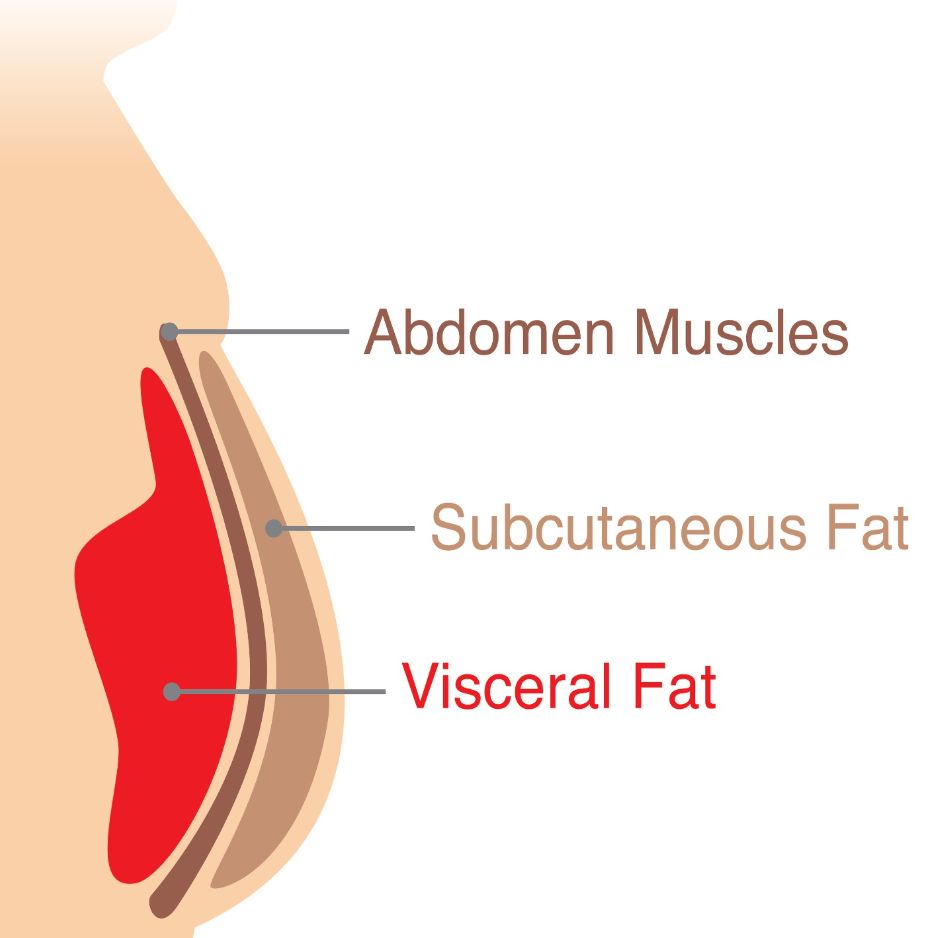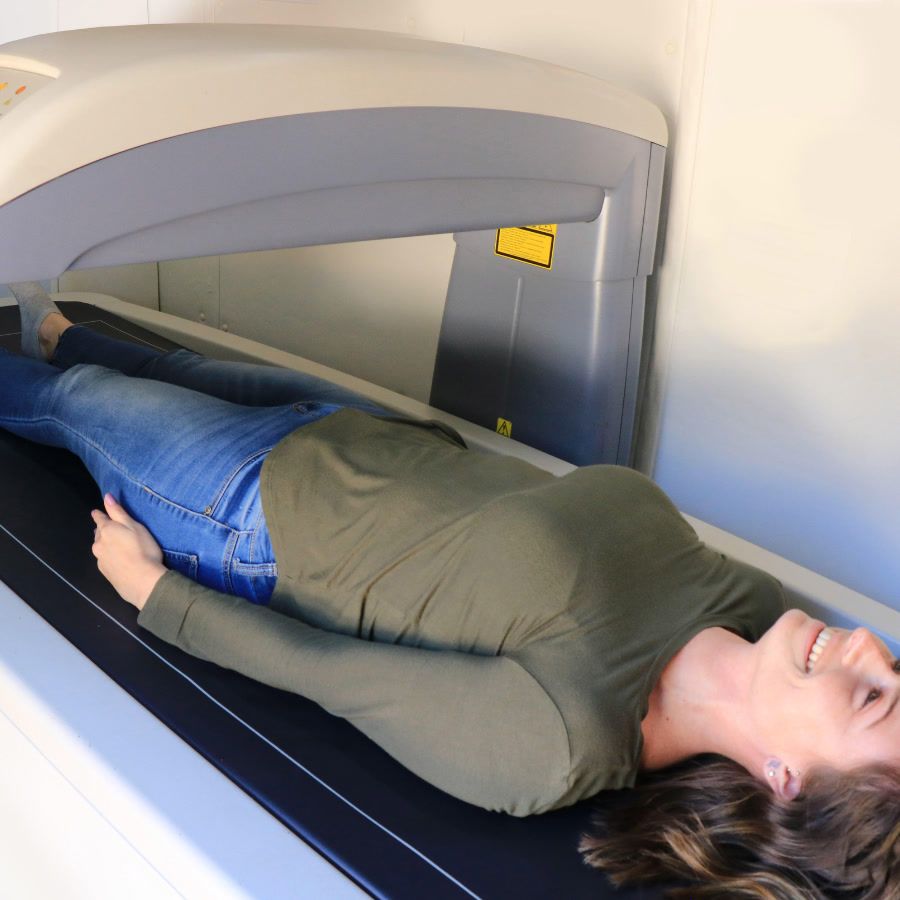Visceral Fat Percentile Charts
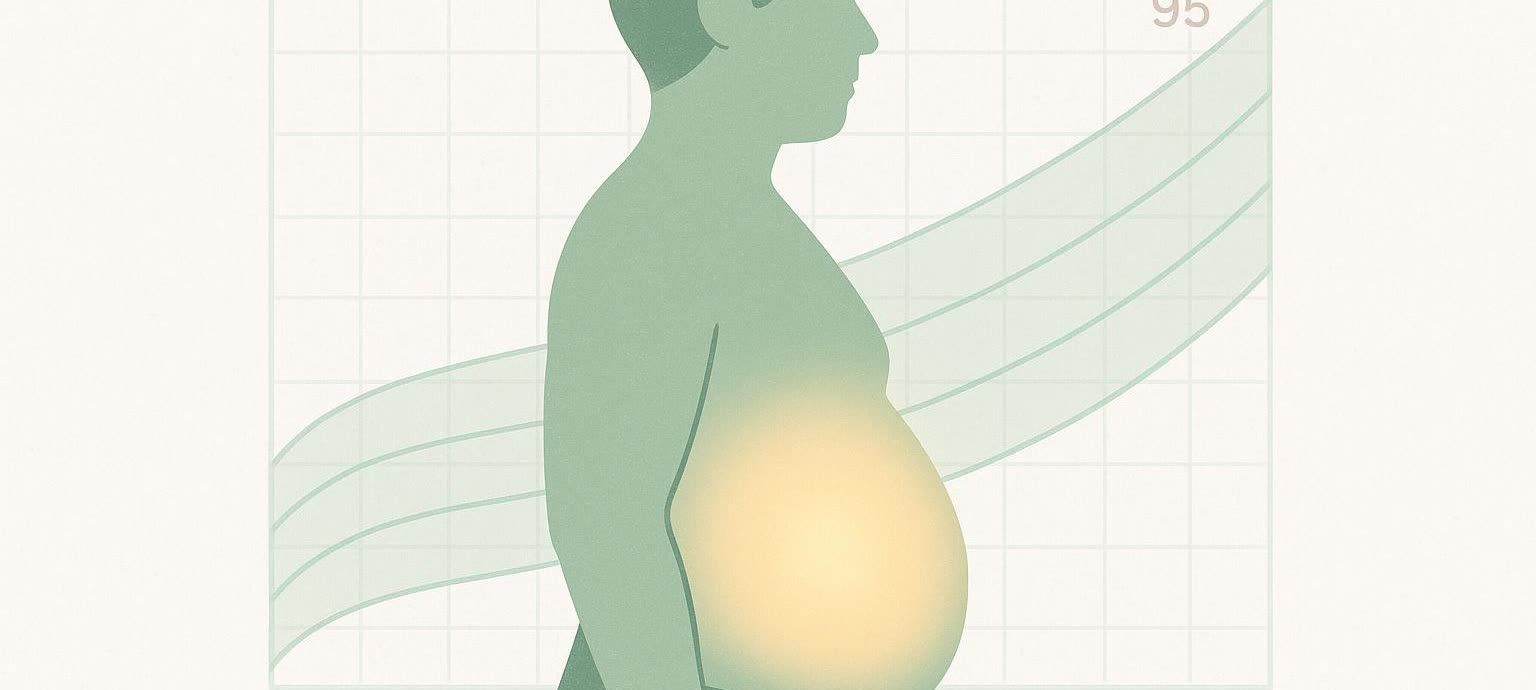
Visceral Fat Percentile Chart (Updated 2025)
Understanding where you fall on a visceral fat percentile chart turns a single DEXA data point into a clear, actionable health benchmark.
In this guide you’ll learn:
- How to use our widget to locate your visceral-fat percentile
- The methodology behind the over 450,000 scans that power the chart
- Evidence-based clinical thresholds for visceral fat mass
- Practical steps to improve your numbers
Interactive Visceral Fat Percentile Chart
Use your age, sex, and visceral fat mass (from your DEXA report) to find your percentile on our interactive visceral fat percentile chart.
The underlying dataset draws from more than 450,000 GE iDXA and GE Prodigy scans collected up through May 2025.
Why Visceral Fat Percentiles Matter
A DEXA scan quantifies visceral fat mass in pounds. On its own, that raw figure can feel abstract. Percentiles translate the number into a position on the population curve:
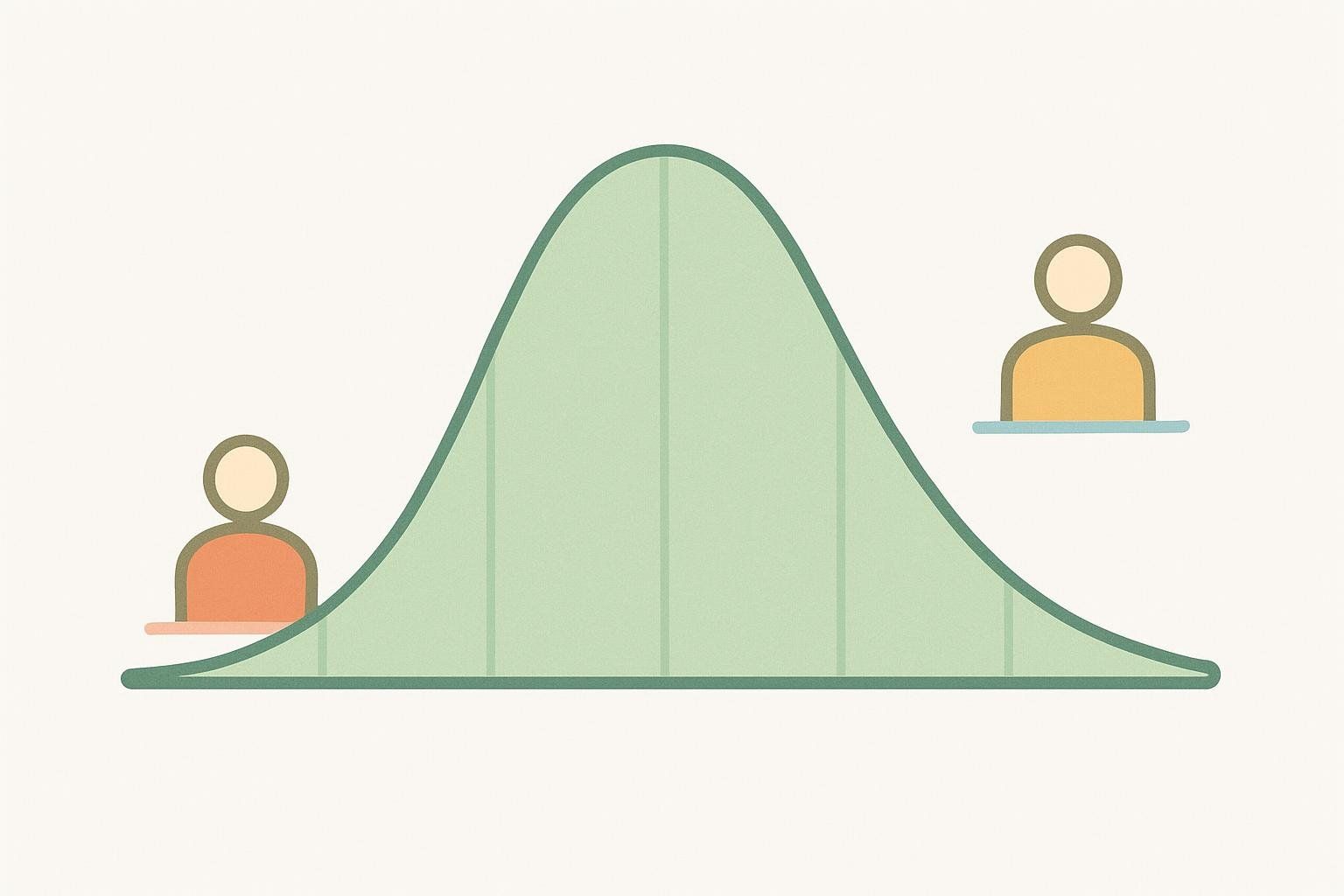
- 10th percentile – only 10 % of your peers have less visceral fat; you’re on the leaner side.
- 90th percentile – 90 % of your peers have less; you carry considerably more visceral fat.
Because the widget bins data by age and sex, you receive an apples-to-apples comparison instead of a generic average.
How We Built the BodySpec Percentile Dataset

| Item | Details |
|---|---|
| Sample size | 450,000+ de-identified DEXA scans (Jan 2015 – May 2025) |
| Population | Self-selected BodySpec clients in CA, WA, TX; generally health-conscious adults |
| Sex categories | Male, Female (self-reported) |
| Age bands | 20-29, 30-39, 40-49, 50-59, 60+ |
| Devices | GE iDXA & GE Prodigy, daily calibration; very low cross-machine variation (< 0.5%) |
| Statistic | Percentiles (1, 10, 20 … 90, 99) per age-sex stratum |
| Limitations | Voluntary dataset; not nationally representative |
Clinical Risk Thresholds (Visceral Fat Mass)
These thresholds synthesize findings from three key sources: the Tromsø Study (2021); guidance from Harvard Health Publishing; and norms derived from BodySpec’s client data (2015-2025).

| Visceral fat mass | Risk category | Typical action |
|---|---|---|
| < 1.1 lb | Low | Keep up healthy habits; re-scan regularly to stay on track or track fitness goals |
| 1.1 - 2.2 lb | Moderate | Make small lifestyle tweaks; re-scan in 3–4 months to monitor progress |
| 2.2 – 3.3 lb | Increased | Focus on fat reduction through diet and activity; re-scan in 2–3 months |
| > 3.3 lb | High | Start a structured plan and consider expert support; re-scan in 1–2 months |
Action Plan: How to Lower Visceral Fat
1. Dial in Your Nutrition
- Incorporate more soluble fiber: Add ~10 g per day (think beans, oats, apples). This intake was linked to a 3.7 % slower visceral-fat gain over five years according to a 2011 study in Obesity.
- Swap to whole grains: Aim for three or more servings daily; people hitting that target carried roughly 10 % less visceral fat, research in the American Journal of Clinical Nutrition shows.
- Prioritize lean protein: Target 1.2–1.6 g per kg of body weight to preserve muscle while losing fat, per 2017 guidelines from the Journal of the International Society of Sports Nutrition.

2. Train With Purpose
- Mix HIIT and strength work: Complete two HIIT sessions and two full-body lifts weekly; a 2018 meta-analysis in Sports Medicine shows this combo cuts visceral fat efficiently.
- Progressively overload: Add weight, reps, or sets over time. A 2012 study in Medicine & Science in Sports & Exercise found that more muscle boosts resting calorie burn and helps keep visceral fat down.
For a deeper dive, read: How to Lose Visceral Fat.
3. Lock In Lifestyle Habits
- Sleep 7–9 hours nightly: Sleeping fewer than five hours was tied to higher visceral fat in a 2010 study published in Sleep.
- Tame daily stress: Use mindfulness or steady cardio to curb cortisol and abdominal fat, per a 2000 study in Psychosomatic Medicine.
- Limit added sugar & alcohol: Cutting sugary drinks and moderating alcohol lowers visceral fat risk, according to a 2009 Journal of Clinical Investigation study.
4. Track & Adjust
Internal BodySpec data (n = 2,114; 2022–2024) show members who scanned monthly reduced visceral fat faster than those scanning quarterly — highlighting the power of regular feedback.
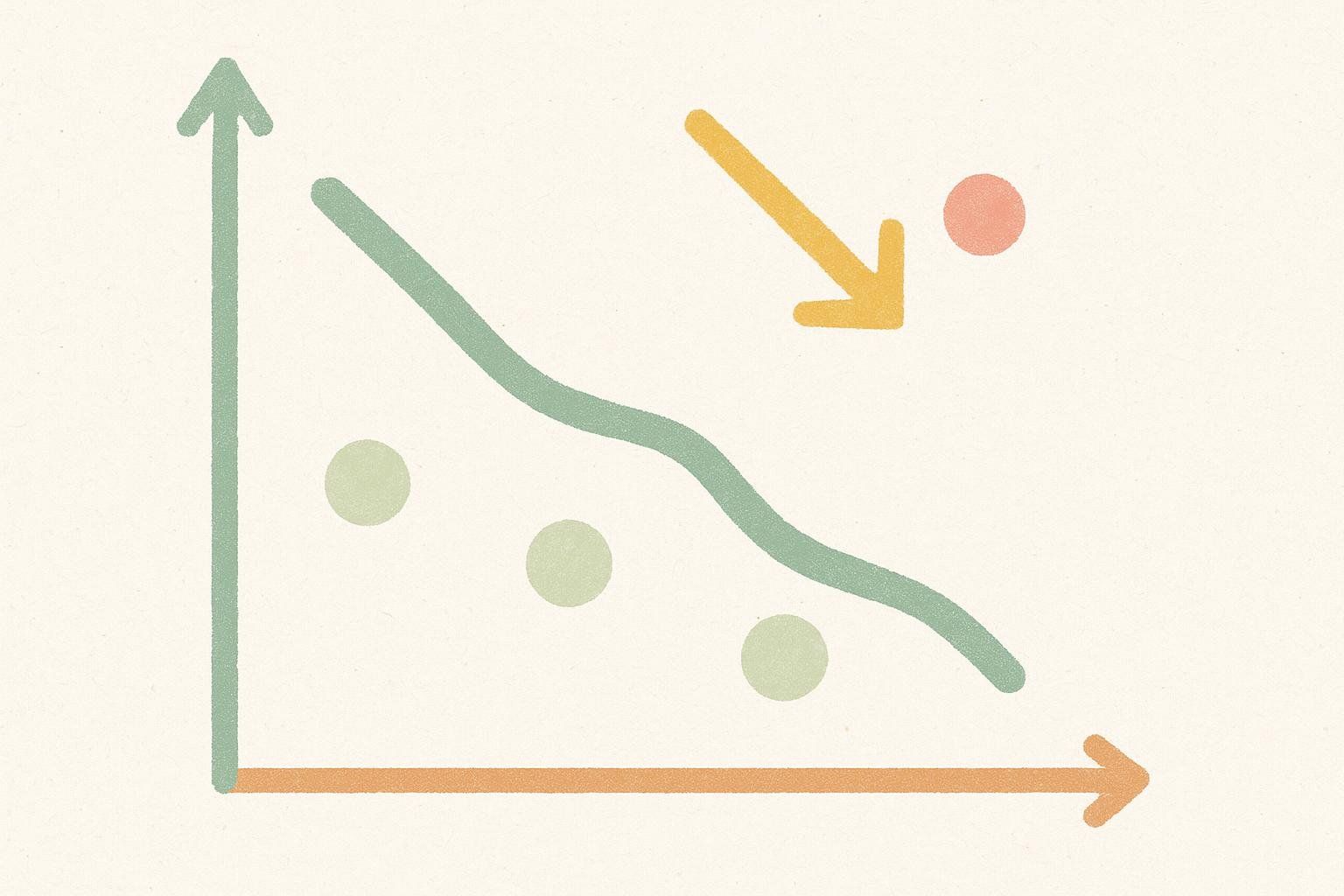
Frequently Asked Questions
What is a “healthy” visceral-fat amount?
Staying below about 2 lb of visceral fat aligns with lower cardiometabolic risk in multiple cohort studies — see: What Is a Healthy Visceral Fat Level?.
Can I estimate visceral fat without DEXA?
Waist circumference and BMI offer rough clues, but imaging (DEXA, MRI, CT) remains the gold standard. For methods you can try at home, read Visceral Fat Calculation: Understanding Your Belly Fat.
Does age automatically raise my percentile?
No. Percentiles compare you to people in your own age band, so your rank only changes if you gain or lose visceral fat relative to your peers.
Appendix: Technical Notes & Reliability
- Calibration: Daily QC phantom scans; drift < 0.5 %.
- Precision error: Test-retest coefficient of variation ± 30 g for visceral-fat mass.
- Statistical method: Empirical cumulative distributions per age-sex stratum; no smoothing.
- Data privacy: Analyses use HIPAA-compliant de-identified records.
Next Up
- Visceral Fat Level Chart: Understanding Your Health Risks
- BodySpec DEXA vs. Other Body Composition Tests
- What Is a DEXA Scan and How Can It Help You
—
Content on the BodySpec blog is for educational purposes only and is not a substitute for professional medical advice. Always consult a qualified healthcare provider before making significant lifestyle changes.
